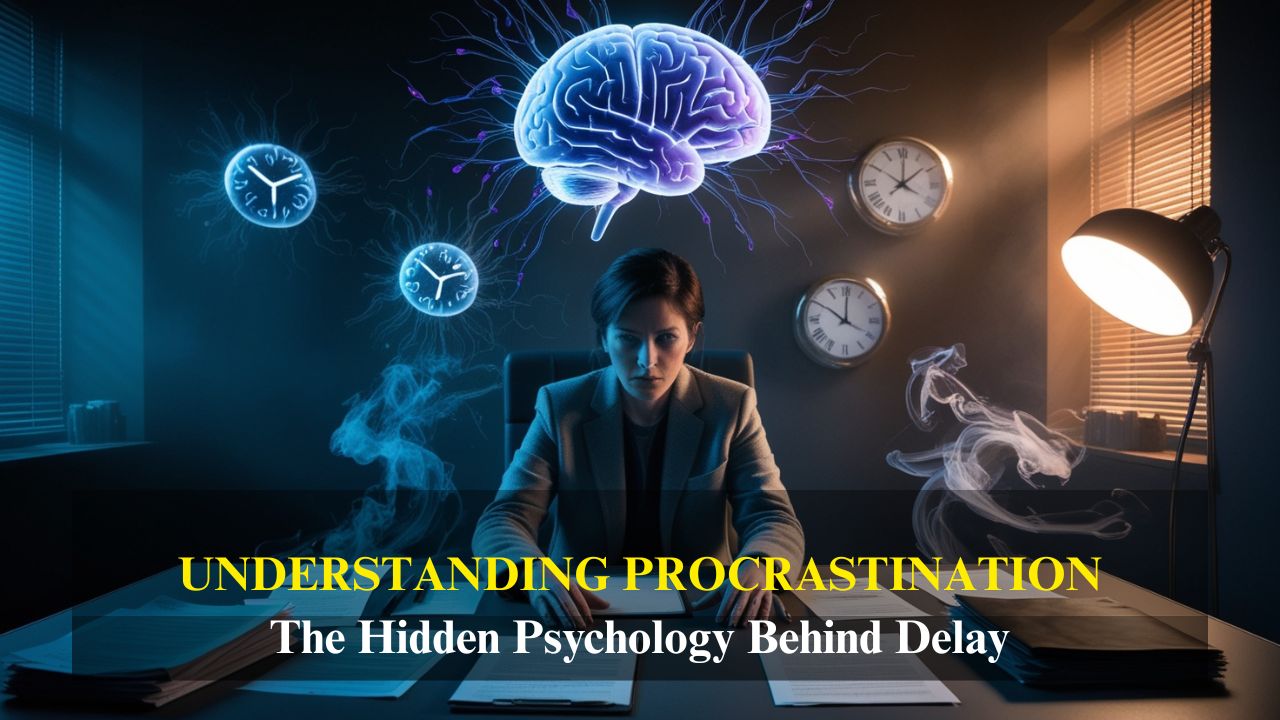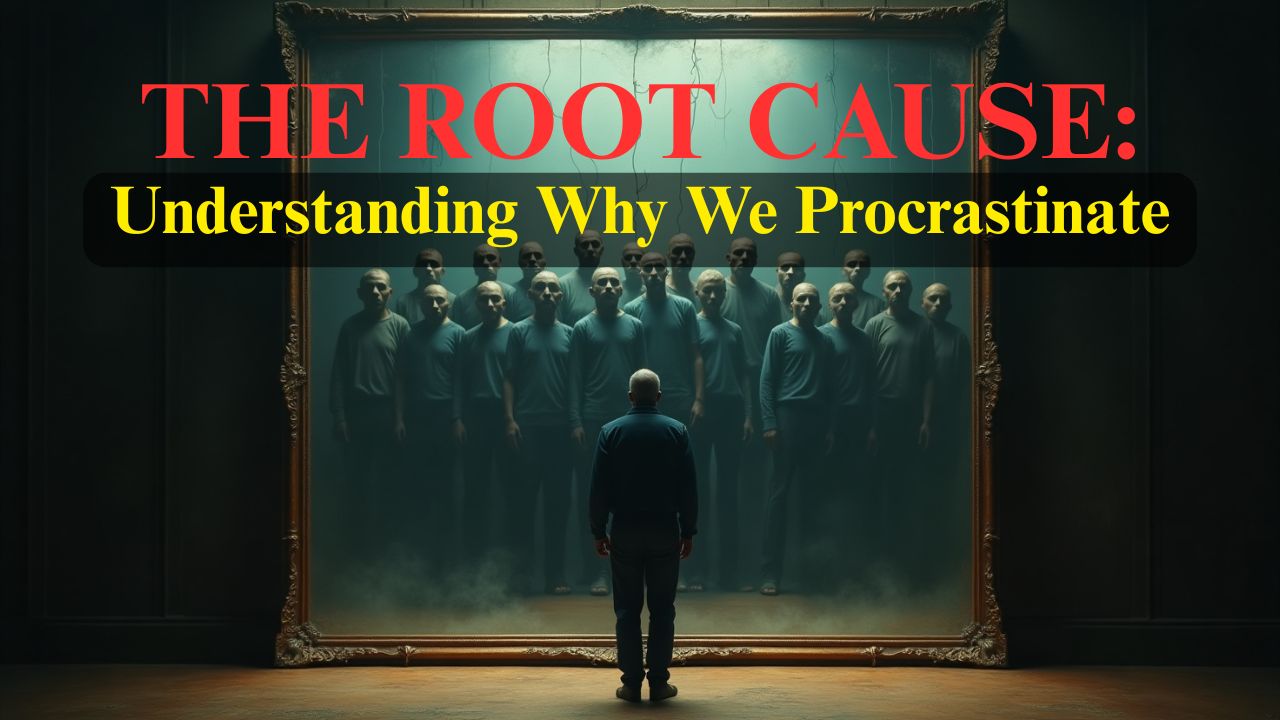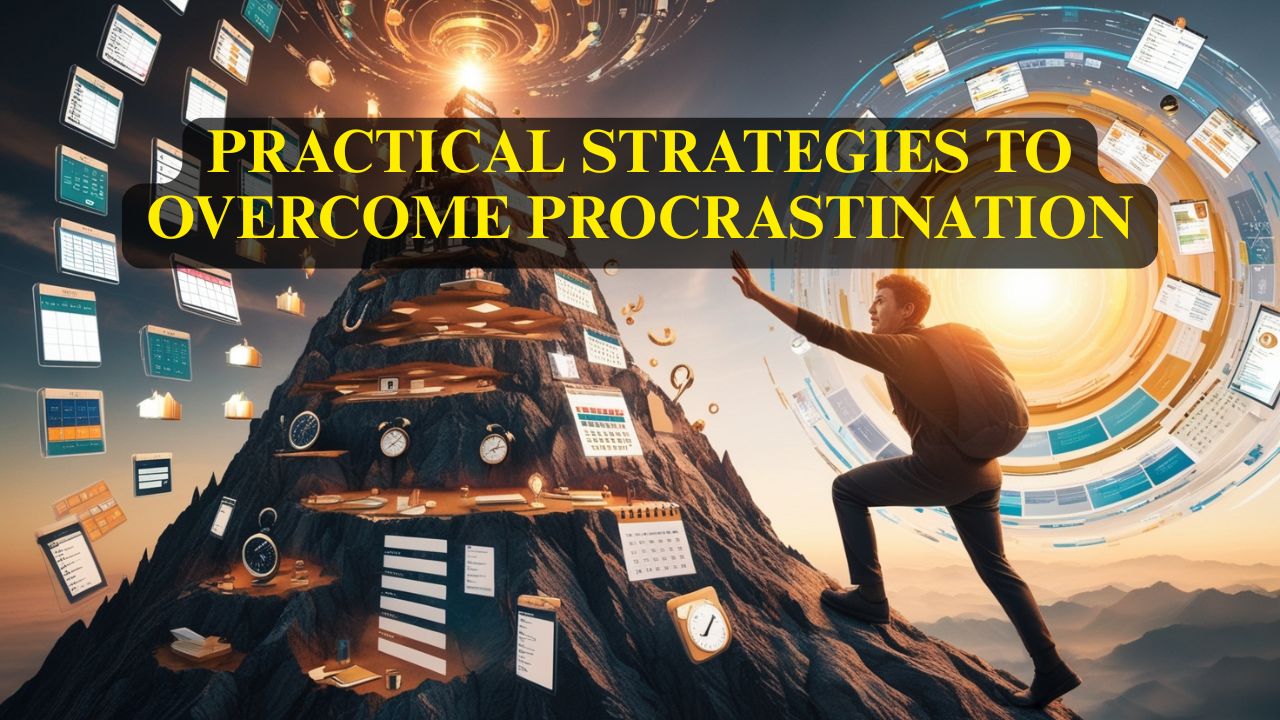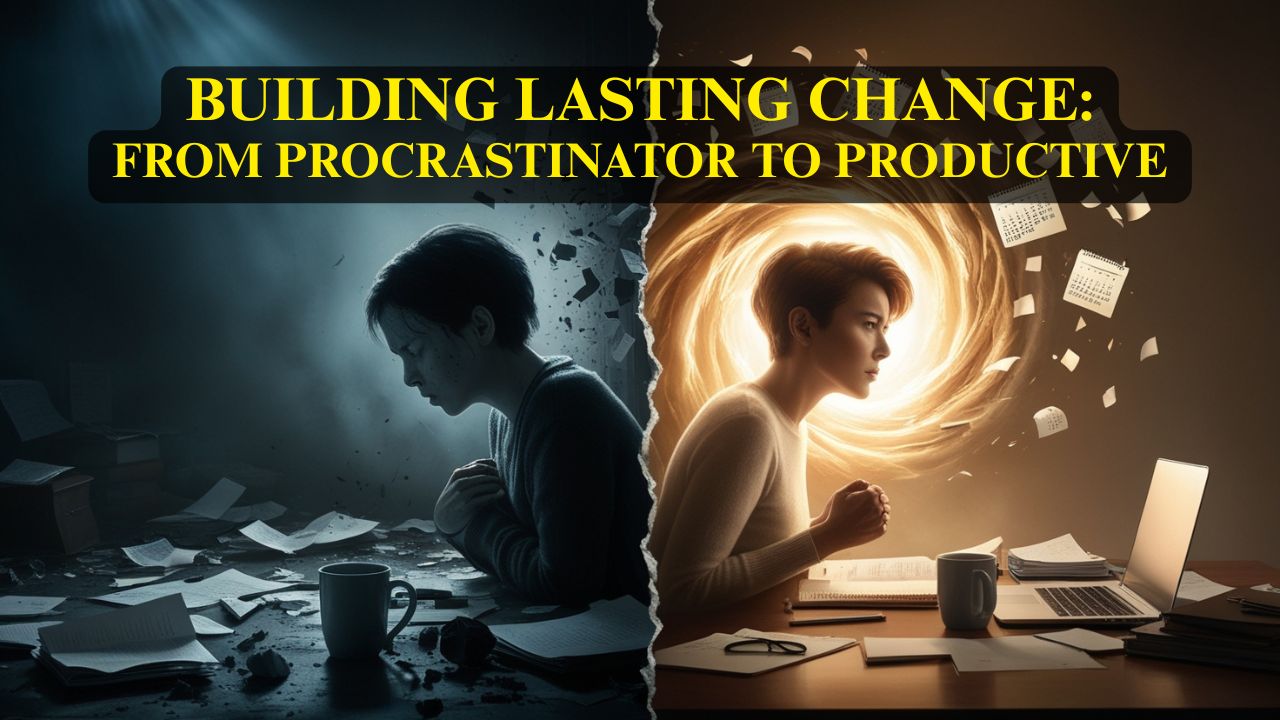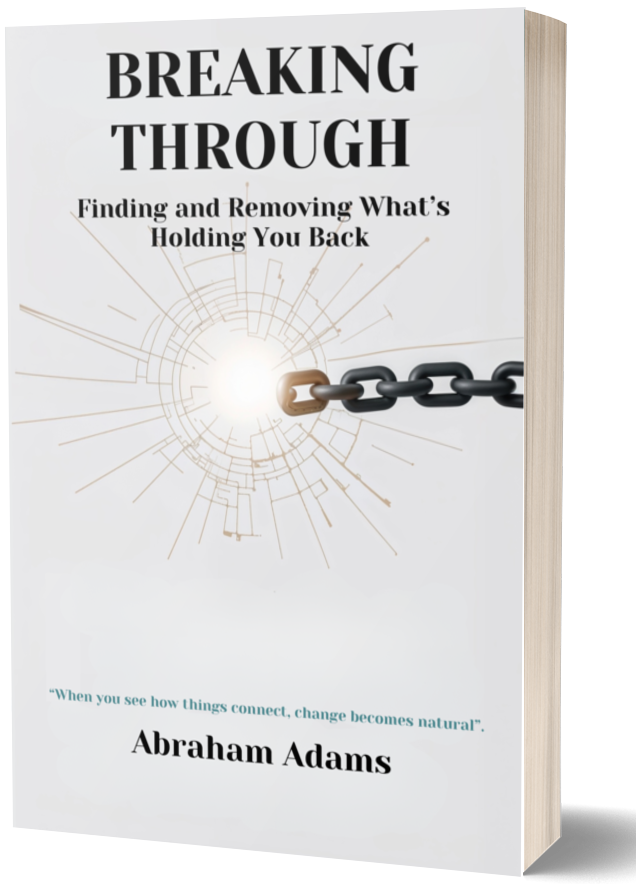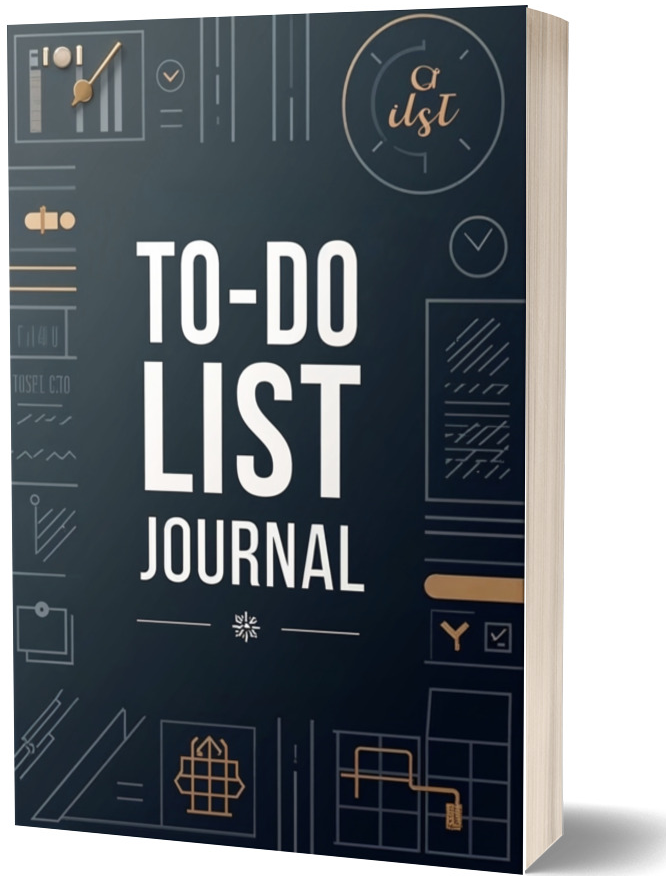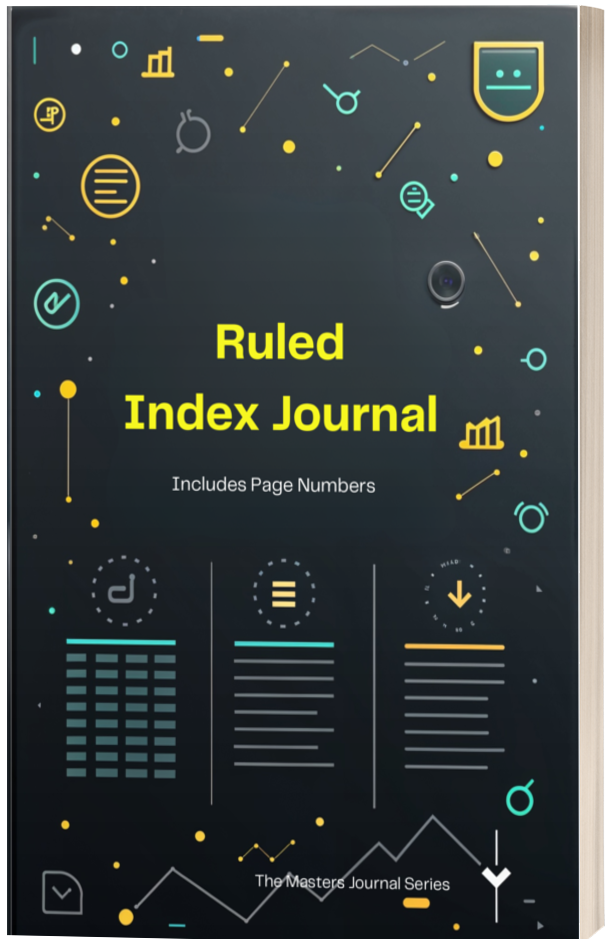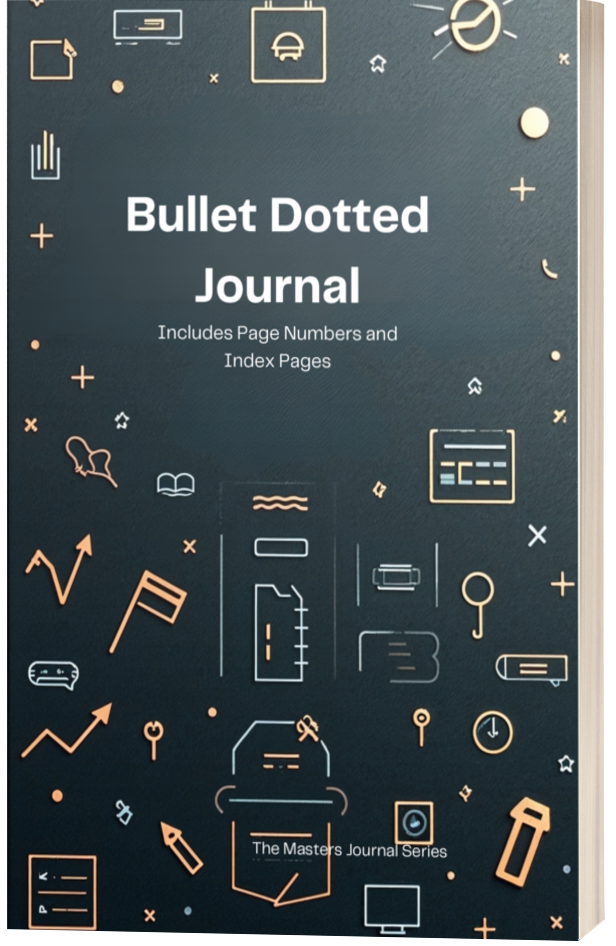Identifying Your Procrastination Patterns: Know Your Enemy
Now that you understand what procrastination really is, the next crucial step is recognizing your personal procrastination patterns. Just as a doctor needs to diagnose a condition before treating it, you need to identify your specific triggers and behaviors to develop an effective strategy for change.
The Power of Self-Awareness
Self-awareness is your most powerful tool in the fight against procrastination. Most people procrastinate automatically, without conscious thought about why they're doing it or what patterns drive their behavior. By bringing these unconscious patterns into the light, you can begin to interrupt and change them.
Common Procrastination Triggers
Understanding what triggers your procrastination is essential. Here are the most common triggers to watch for:
Task Characteristics
- Tasks that seem overwhelming or too complex
- Boring or tedious activities
- Projects without clear deadlines
- Work that feels meaningless or pointless
- Tasks where the outcome is uncertain
Emotional Triggers
- Fear of failure or making mistakes
- Fear of success and increased expectations
- Perfectionism and fear of imperfection
- Feeling overwhelmed or stressed
- Lack of confidence or self-doubt
- Resentment about having to do the task
Environmental Triggers
- Distracting environments
- Lack of necessary resources or information
- Interruptions from others
- Uncomfortable physical spaces
- Technology and social media temptations
Internal State Triggers
- Fatigue or low energy
- Hunger or physical discomfort
- Mood states like depression or anxiety
- Feeling rushed or time pressure
- Decision fatigue from too many choices
The Procrastination Tracking Exercise
To identify your patterns, try this tracking exercise for one week:
Create a Procrastination Log with these columns:
- Date and time of procrastination
- Task you were avoiding
- What you did instead
- How you were feeling before procrastinating
- Thoughts going through your mind
- Environmental factors present
- How you felt afterward
Record every instance of procrastination, no matter how small. Even delaying a simple email for an hour counts.
Recognizing Your Procrastination Behaviors
Procrastination often disguises itself as productive activity. Watch for these common avoidance behaviors:
Digital Distractions
- Compulsive social media checking
- Endless web browsing or "research"
- Organizing digital files unnecessarily
- Playing games or watching videos
Pseudo-Productive Activities
- Over-organizing your workspace
- Making elaborate plans without executing
- Doing less important tasks first
- Excessive preparation without action
Physical Avoidance
- Suddenly feeling hungry or thirsty
- Deciding you need to clean or organize
- Taking unnecessary breaks or naps
- Running errands that could wait
Mental Escape
- Daydreaming or fantasizing
- Overthinking and analysis paralysis
- Creating mental scenarios of failure
- Ruminating about past mistakes
Your Personal Procrastination Profile
After tracking your patterns, look for themes in your data. Most people have 2-3 primary triggers and 1-2 dominant avoidance behaviors. Your personal profile might look something like:
"I primarily procrastinate when tasks feel overwhelming or when I'm worried about doing them perfectly. My main avoidance behavior is getting lost in social media or suddenly deciding to clean my workspace. This usually happens in the afternoon when my energy is lower."
The Emotional Patterns Behind Procrastination
Pay special attention to the emotions that precede your procrastination. Common emotional patterns include:
The Anxiety Spiral: Feeling anxious about a task leads to avoidance, which increases anxiety, creating a vicious cycle.
The Perfectionism Trap: Setting impossibly high standards leads to fear of not meeting them, resulting in avoidance.
The Overwhelm Shutdown: When tasks feel too big or complex, the mind essentially shuts down and seeks escape.
The Resentment Response: Feeling forced to do something you don't want to do triggers rebellious procrastination.
The Confidence Crisis: Doubting your ability to complete a task successfully leads to avoidance to protect self-esteem.
Time and Energy Patterns
Notice when you're most likely to procrastinate:
- What time of day does it happen most often?
- Are you more prone when tired, hungry, or stressed?
- Do certain days of the week show more procrastination?
- How does your environment affect your tendency to delay?
Understanding your energy rhythms and optimal working conditions will help you structure your day to minimize procrastination triggers.
The Procrastination Chain Reaction
Often, procrastination creates a chain reaction. Missing one deadline leads to stress, which makes you more likely to procrastinate on the next task, which creates more stress, and so on. Identifying where these chains typically start can help you intervene early.
Questions for Deeper Reflection
As you analyze your patterns, consider these questions:
- What messages about productivity and success did you learn growing up?
- How do you typically handle stress and difficult emotions?
- What are your core fears related to work and performance?
- How does procrastination serve you (what positive outcomes do you get from it)?
- What would change in your life if you no longer procrastinated?
Moving Beyond Judgment
As you identify your patterns, practice observing without judging. The goal isn't to criticize yourself but to gather information. Treating yourself with curiosity and compassion creates the psychological safety necessary for change.
Preparing for Change
With a clear understanding of your procrastination patterns, you're ready for the next phase: understanding the deeper psychological roots that drive these behaviors. In our next article, we'll explore the fears, beliefs, and emotional patterns that fuel procrastination, giving you insight into not just what you do, but why you do it.
Remember: awareness is the first step to freedom. By clearly seeing your patterns, you've already begun the process of changing them.

